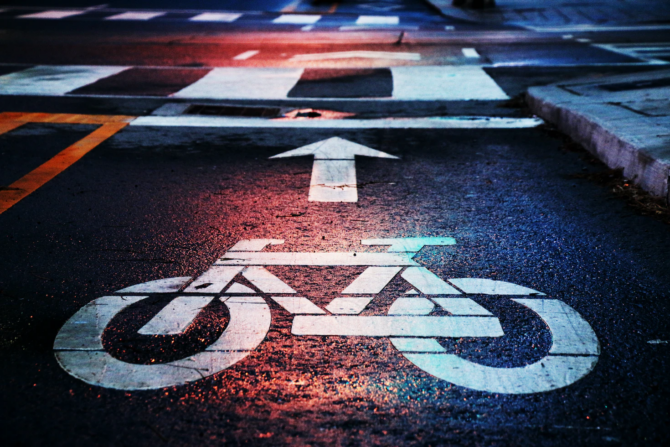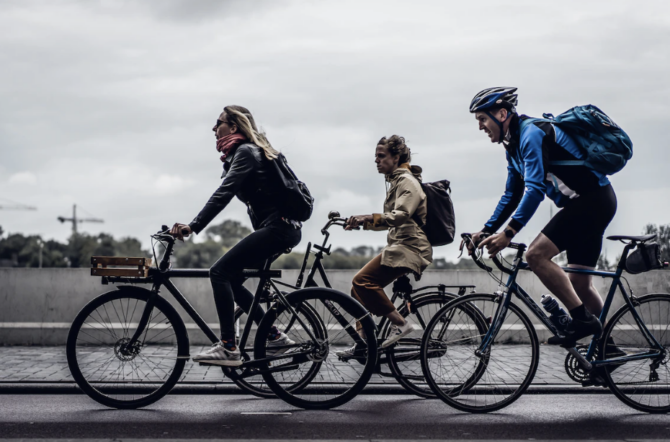From MomentumMag.com
The Paris Olympics presents a unique opportunity to inspire not only athletes but people worldwide by showcasing a sustainable city.
The Olympic Games inspires young athletes around the world. But, this year is different. This year, with the Summer Olympics arriving in Paris from July 26 to Aug. 11, it’s an opportunity to show a city that has decided with some serious authority to put people and the planet first. And an opportunity to inspire cities around the world to do to same.
Embracing a vision to become a cycling city of unparalleled excellence, Paris has embarked on a transformative journey that is already resonating far beyond its borders. As the world’s attention turns to the spectacle of the Olympic Games, Paris’s steadfast commitment to promoting sustainable mobility could spark a global movement.
In the lead-up to the Games, at least 415km of cycle routes are due to be added and available for locals and visitors in time for the Paris 2024 Olympic Games and as a legacy for the city following the completion.
A major feature of Paris 2024’s legacy has moved closer to its realization. Leading up to the games in 2023, the Ministry of Transport unveiled the map of the 415-kilometer cycling network set to be completed for the Games.









